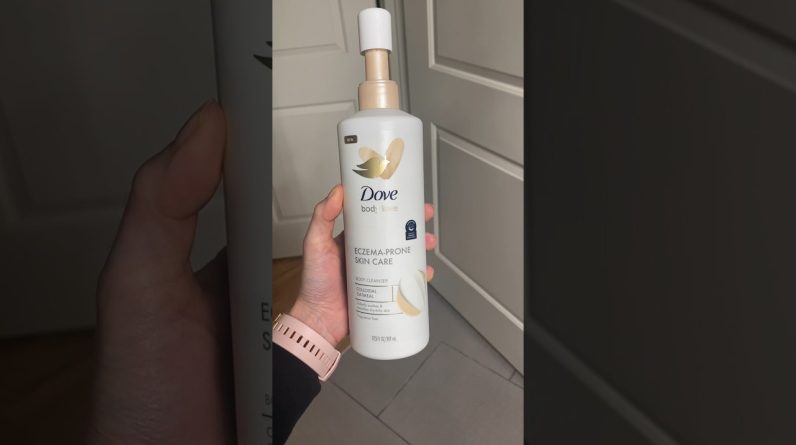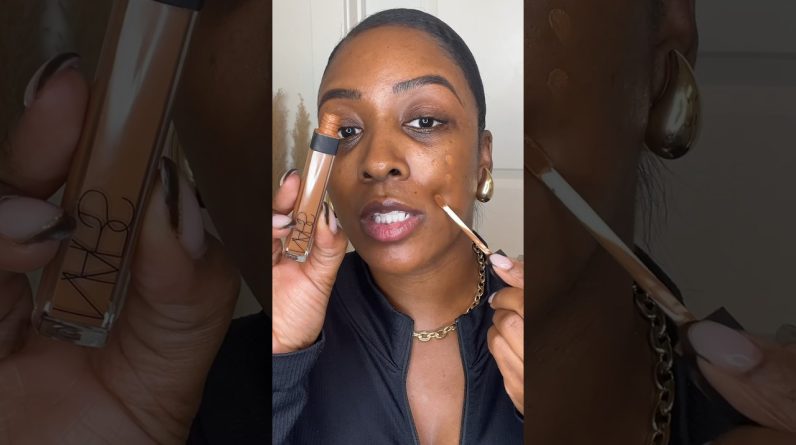1. Concept and composition of sanitary napkins
Sanitary napkins are mainly polymers made of cotton, non-woven fabrics, paper pulp and other materials. They are mainly used to absorb the menstrual blood that flows out of the private parts of girls during menstruation.
Generally, sanitary napkins are mainly composed of three parts: the surface layer, the inner “absorbent core”, and the bottom layer. Because “small ears” on the side are very common in sanitary napkins at present, we will introduce them in these four parts.
The layer of sanitary napkins closest to the private parts is the “top layer”. The top layer is generally made of cotton or PE perforated film. The PE surface layer is generally covered with “funnel-shaped holes”, which prevents menstrual blood from seeping back easily, making it drier to use; the cotton surface layer is more skin-friendly, soft, comfortable, and less susceptible to allergies.
The inner “absorbent core” is mainly composed of cotton, non-woven fabric, paper pulp or other polymer absorbent materials. Generally speaking, the absorbent core uses imported Sumitomo 200 polymer material. 1g of this component can absorb 1kg of water, and the absorption effect is much higher than the national water absorption standard for sanitary napkins.
The bottom layer is made of impermeable material, which can retain menstrual blood in the inner layer of the sanitary napkin. Generally, the bottom layer of a good sanitary napkin will be designed with many tiny holes. These small holes facilitate the dissipation of heat and humidity in the menstrual blood, but the menstrual blood itself will not flow out.
In order to prevent side leakage of sanitary napkins, sanitary napkins are designed with “little ears” on the side. Independent side leakage strips are generally made of soft and water-proof materials, which can effectively prevent side leakage and side seepage of menstrual blood.
2. Classification of sanitary napkins
According to the national standards for the sanitary napkin industry, sanitary napkins can be divided into three categories according to the surface material: pure cotton type, cotton soft type, and dry mesh type. Each girl can choose according to her own needs. If you like skin-friendly, comfortable and non-allergenic sanitary napkins, then naturally choose pure cotton sanitary napkins; if you want to be more dry during menstruation and keep your private parts away from the wet feeling, you can choose dry mesh sanitary napkins; if you want your private parts to be breathable during menstruation It is good in sex, comfortable and skin-friendly. You can try cotton-soft sanitary napkins.
3. Principles for purchasing sanitary napkins
Above, we have a general understanding of the basic knowledge about sanitary napkins. So, how can we choose safe and easy-to-use sanitary napkins? The following principles can be followed:
1. Does not contain migratory fluorescent agents
The absence of migratory fluorescent agents is one of the basic principles to ensure the safety of sanitary napkins. Fluorescent agent is a kind of fluorescent dye, which mainly plays the role of whitening.
Once the human body is exposed to too much fluorescent agents, many hazards will occur. For example, once the fluorescent agents bind to human proteins, they will be difficult to decompose and excrete from the body, thus increasing the burden on the liver. Fluorescent agents can cause cell mutations, and long-term exposure may cause cancer risks. If there are too many fluorescent agents in sanitary napkins, women’s private parts may be susceptible to allergies or infections, leading to itching, eczema, etc., which will increase the chance of suffering from gynecological inflammation. When female friends choose sanitary napkins, they must avoid sanitary napkins containing migratory fluorescent agents.
source








